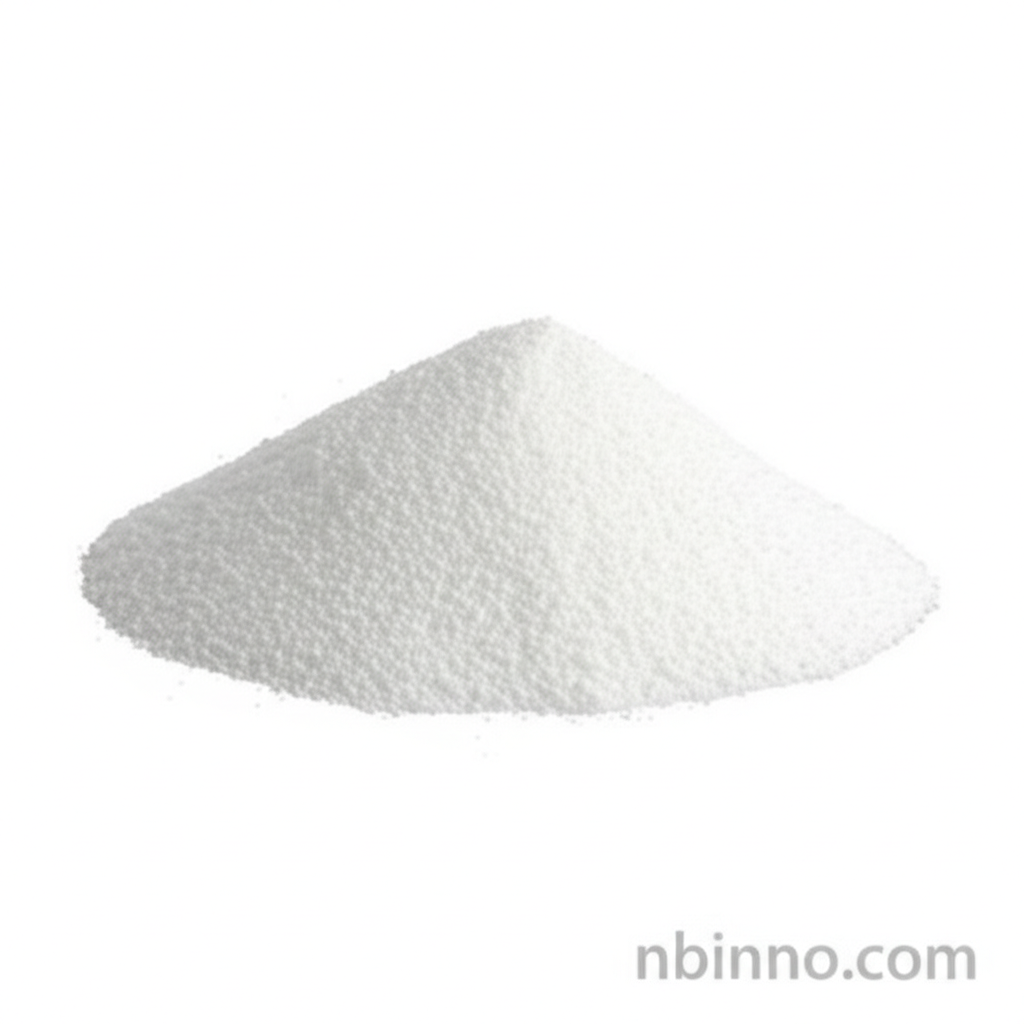Hypoxanthine (CAS 68-94-0): A Key Purine Derivative in Biochemical Research and Pharmaceutical Intermediates
Exploring the multifaceted roles of Hypoxanthine in cellular processes and its value as a critical pharmaceutical building block.
Get a Quote & SampleProduct Core Value

6-Hydroxypurine
Hypoxanthine (CAS 68-94-0) is a crucial naturally occurring purine derivative that plays a significant role as an intermediate in various biological pathways. Its applications span from fundamental biochemical research to its critical function as a pharmaceutical intermediate.
- Hypoxanthine biochemical research is essential for understanding purine metabolism and its implications in cellular energy and nucleic acid synthesis.
- As a pharmaceutical intermediate, its specific structure makes it valuable for synthesizing more complex drug molecules.
- The compound serves as a marker for hypoxia ischemia studies, providing insights into cellular responses to low oxygen environments.
- Its use in DNA studies investigates structural effects and potential mutagenicity, contributing to genetic research.
Advantages Offered
Versatile Research Tool
Leverage hypoxanthine for critical cell culture applications, supporting the growth and study of various cell types in vitro.
Metabolic Pathway Insight
Gain deeper understanding of hypoxanthine metabolic disorder research, aiding in the diagnosis and treatment of related conditions.
Quality Assurance in Supply
Access reliable hypoxanthine suppliers china offers, ensuring consistent quality and availability for your research and production needs.
Key Applications
Biochemical Research
Hypoxanthine is fundamental in studies of purine metabolism, providing essential data for understanding cellular functions.
Cell Culture
It is utilized as a nutrient additive and selection agent in various cell culture applications, vital for biotechnology and drug discovery.
Pharmaceutical Synthesis
As a key pharmaceutical intermediate, it forms the basis for synthesizing a range of therapeutic agents.
Medical Diagnostics
Its elevated levels in certain conditions make it a subject of interest in medical diagnostics and understanding disease markers.
